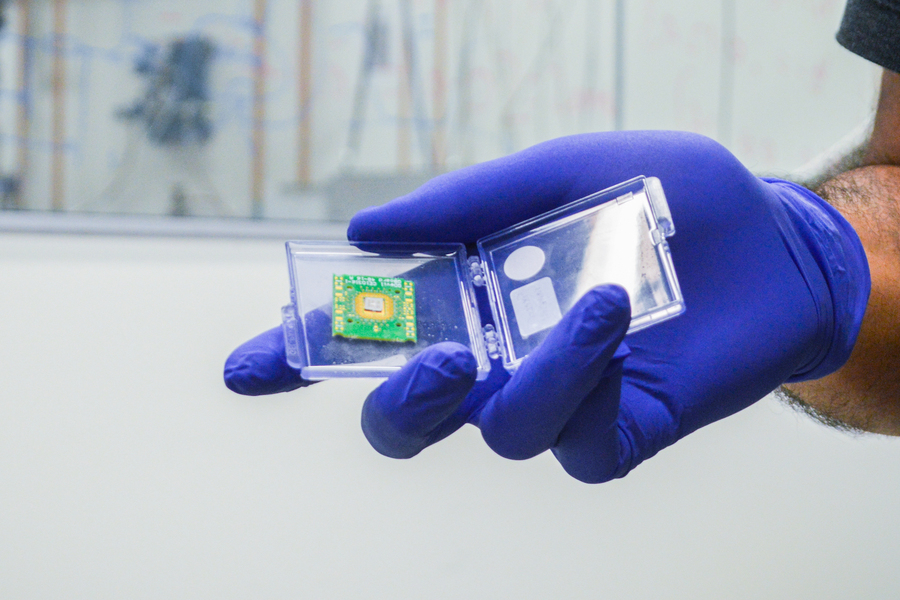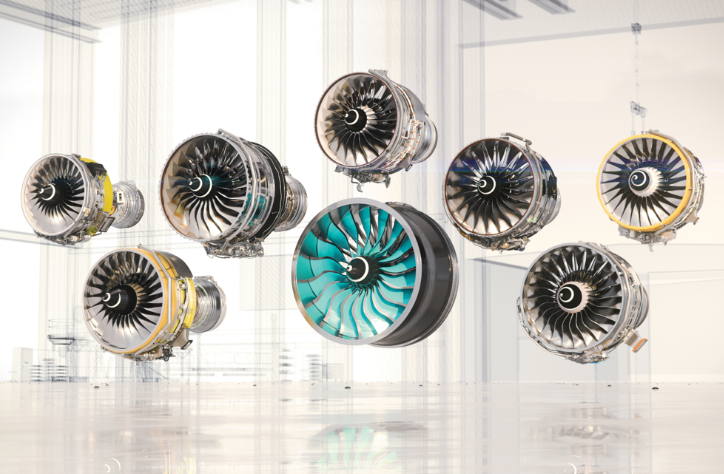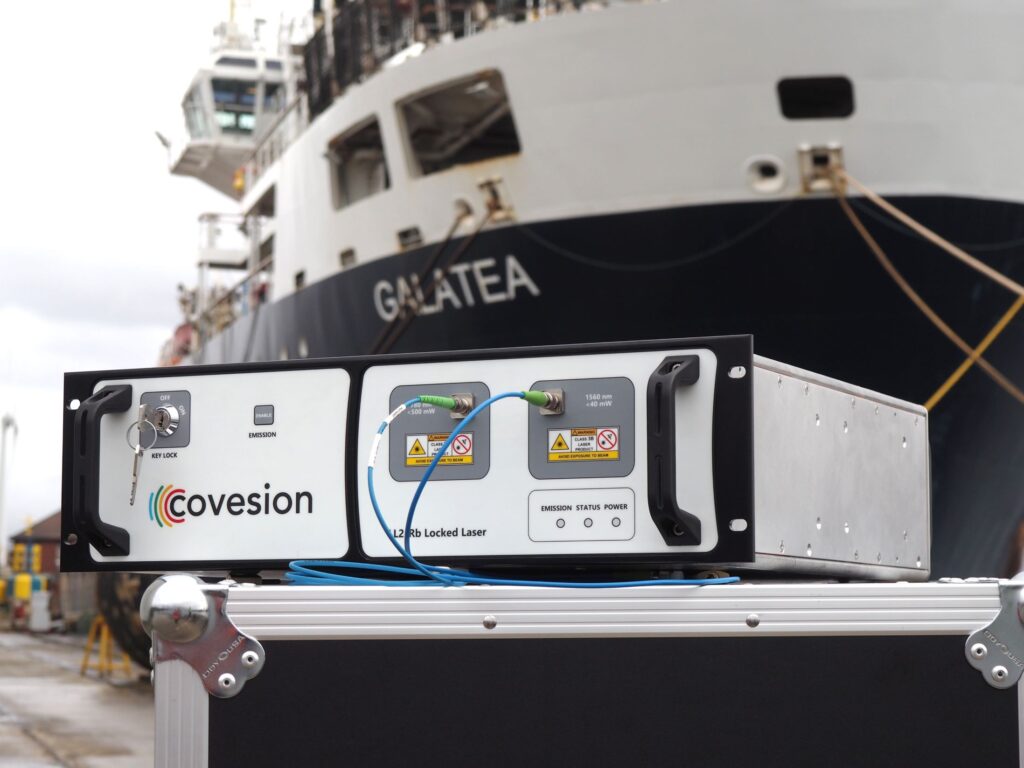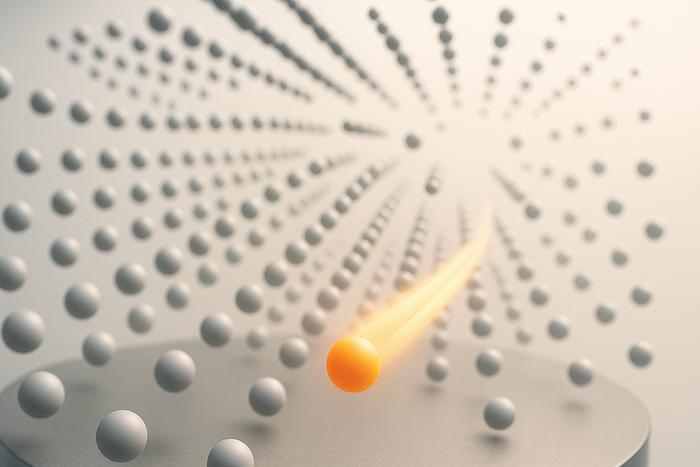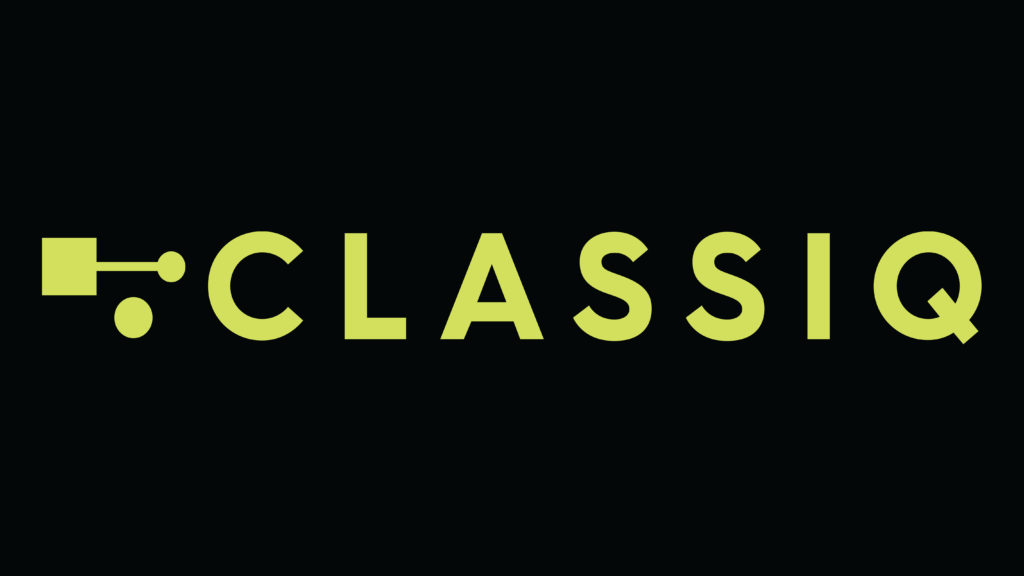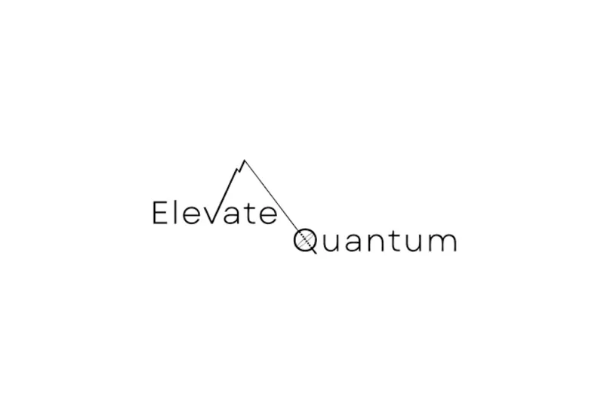Insider Brief
- Superconducting diode research could help scale up quantum computers for industry use.
- The device uses three Josephson junctions, which are made by sandwiching pieces of non-superconducting material between superconductors.
- Critical Quote: “We need new ways to develop computers, and one of the biggest challenges for increasing computing power right now is that they dissipate so much energy. So, we’re thinking of ways that superconducting technologies might help with that.” — Vlad Pribiag, associate professor in the University of Minnesota School of Physics and Astronomy
- Image: Olivia Hultgren.
PRESS RELEASE — A University of Minnesota Twin Cities-led team has developed a new superconducting diode, a key component in electronic devices, that could help scale up quantum computers for industry use and improve the performance of artificial intelligence systems.
The paper is published in Nature Communications, a peer-reviewed scientific journal that covers the natural sciences and engineering.
A diode allows current to flow one way but not the other in an electrical circuit. It essentially serves as half of a transistor — which is the main element in computer chips. Diodes are typically made with semiconductors, substances with electrical properties that form the base for most electronics and computers, but researchers are interested in making them with superconductors, which additionally have the ability to transfer energy without losing any power along the way.

Compared to other superconducting diodes, the researchers’ device is more energy efficient, can process multiple electrical signals at a time, and contains a series of gates to control the flow of energy, a feature that has never before been integrated into a superconducting diode.
“We want to make computers more powerful, but there are some hard limits we are going to hit soon with our current materials and fabrication methods,” said Vlad Pribiag, senior author of the paper and an associate professor in the University of Minnesota School of Physics and Astronomy. “We need new ways to develop computers, and one of the biggest challenges for increasing computing power right now is that they dissipate so much energy. So, we’re thinking of ways that superconducting technologies might help with that.”
The University of Minnesota researchers created the device using three Josephson junctions, which are made by sandwiching pieces of non-superconducting material between superconductors. In this case, the researchers connected the superconductors with layers of semiconductors. The device’s unique design allows the researchers to use voltage to control the behavior of the device.
Their device also has the ability to process multiple signal inputs, whereas typical diodes can only handle one input and one output. This feature could have applications in neuromorphic computing, a method of engineering electrical circuits to mimic the way neurons function in the brain to enhance the performance of artificial intelligence systems.
“The device we’ve made has close to the highest energy efficiency that has ever been shown, and for the first time, we’ve shown that you can add gates and apply electric fields to tune this effect,” explained Mohit Gupta, first author of the paper and a Ph.D. student in the University of Minnesota School of Physics and Astronomy. “Other researchers have made superconducting devices before, but the materials they’ve used have been very difficult to fabricate. Our design uses materials that are more industry-friendly and deliver new functionalities.”
The method the researchers used can, in principle, be used with any type of superconductor, making it more versatile and easier to use than other techniques in the field. Because of these qualities, their device is more compatible for industry applications and could help scale up the development of quantum computers for wider use.
“Right now, all the quantum computing machines out there are very basic relative to the needs of real-world applications,” Pribiag said. “Scaling up is necessary in order to have a computer that’s powerful enough to tackle useful, complex problems. A lot of people are researching algorithms and usage cases for computers or AI machines that could potentially outperform classical computers. Here, we’re developing the hardware that could enable quantum computers to implement these algorithms. This shows the power of universities seeding these ideas that eventually make their way to industry and are integrated into practical machines.”
This research was funded primarily by the United States Department of Energy with partial support from Microsoft Research and the National Science Foundation.
For more market insights, check out our latest quantum computing news here.

